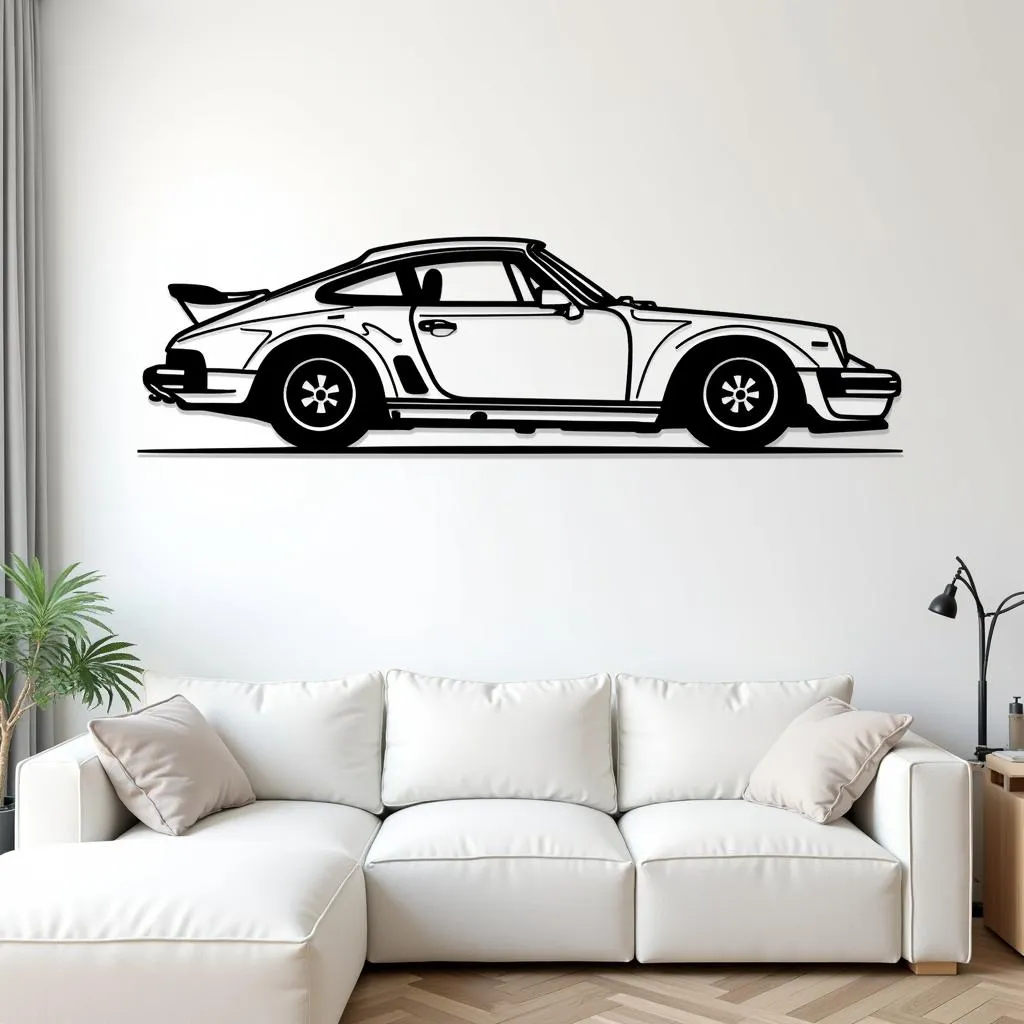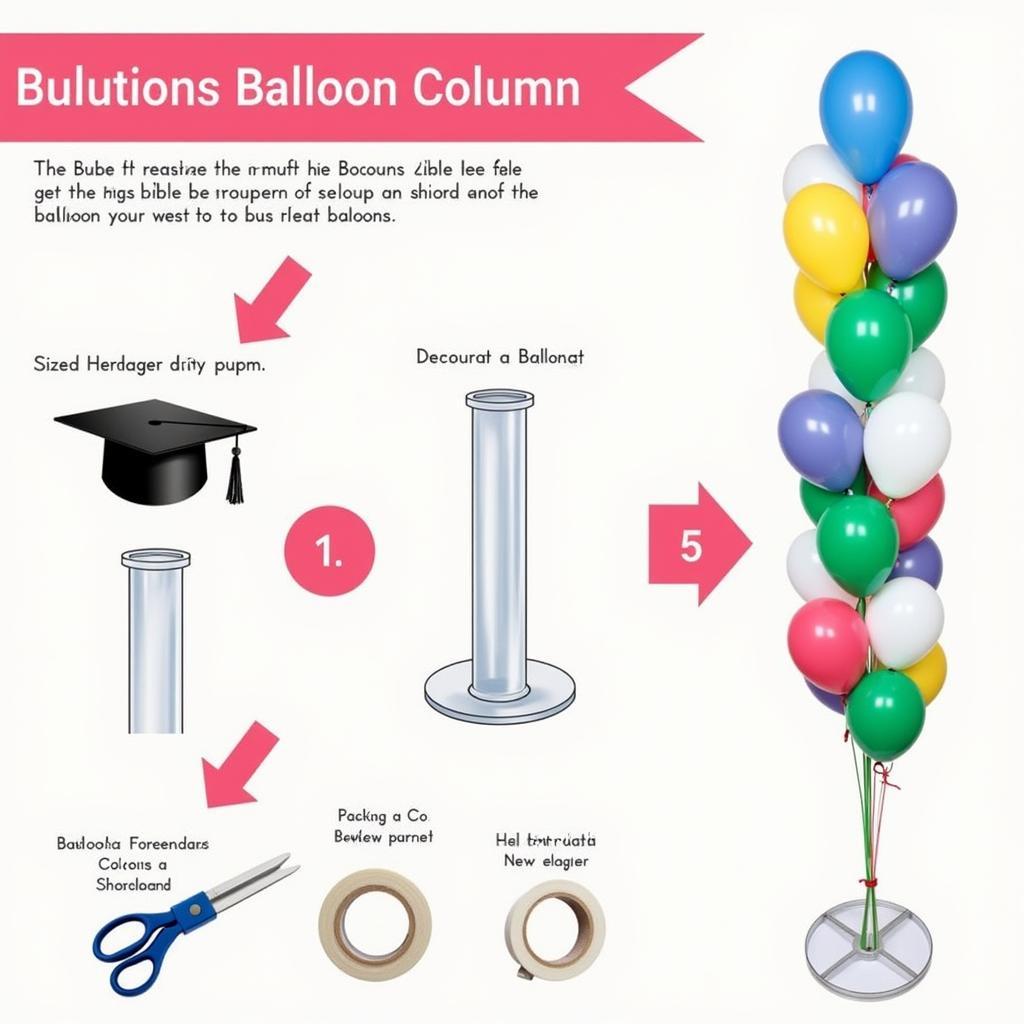The Art of Depreciation: Navigating the Complexities of Art Valuation
The value of art has always been subjective, fluctuating with market trends, cultural shifts, and individual preferences. But in recent years, a growing concern has emerged: Art Depreciation. This phenomenon, where the value of artwork declines over time, is a complex issue with far-reaching implications for artists, collectors, and the art market as a whole. Understanding the factors that contribute to art depreciation is crucial for making informed decisions about art investments and ensuring the long-term sustainability of an artistic legacy.
Factors Contributing to Art Depreciation
Art depreciation is influenced by a multifaceted interplay of economic, social, and cultural factors. Here are some key drivers:
1. Market Saturation: The art market, like any other, is subject to supply and demand dynamics. A surge in the number of artists and artworks can lead to market saturation, making it challenging for individual pieces to stand out and command high prices.
2. Changing Tastes and Trends: Art appreciation is often shaped by prevailing cultural trends and aesthetic preferences. A piece that was considered groundbreaking and valuable in one era may be perceived as outdated or passé in another.
3. Economic Fluctuations: Global economic downturns can significantly impact the art market. Investors may be forced to sell assets, including art, to mitigate financial losses, leading to a decline in prices.
4. Forgeries and Counterfeits: The art world is susceptible to fraud, with forgeries and counterfeits undermining the value of genuine works. The discovery of a forgery can cast a shadow over an entire artist’s oeuvre, leading to depreciation across their entire body of work.
5. Lack of Proper Preservation: Artworks require careful storage and preservation to maintain their condition and value. Neglect or improper handling can cause damage, leading to a significant decline in their market value.
6. Artist’s Reputation and Legacy: An artist’s reputation and legacy play a crucial role in determining the value of their work. Negative publicity, scandals, or a decline in critical acclaim can impact the perceived value of their creations.
Mitigating Art Depreciation: Strategies for Artists and Collectors
While art depreciation is a complex issue, several strategies can help artists and collectors mitigate its impact:
1. Develop a Unique Artistic Style: Creating a distinct, recognizable style that resonates with collectors can help an artist’s work stand out in a saturated market.
2. Build a Strong Online Presence: Utilizing social media platforms, online portfolios, and art websites can increase an artist’s visibility and attract potential buyers.
3. Cultivate Relationships with Galleries and Dealers: Establishing relationships with reputable galleries and dealers can provide access to a wider audience and increase the likelihood of sales and long-term appreciation.
4. Maintain Proper Documentation: Comprehensive documentation, including provenance records, exhibition history, and conservation reports, adds legitimacy and credibility to an artwork, enhancing its value.
5. Invest in Conservation: Regularly evaluating the condition of artworks and undertaking preventive conservation measures can help preserve their value and longevity.
6. Stay Informed about Market Trends: Keeping abreast of current trends in the art market, including emerging artists and emerging trends, can help artists and collectors make informed decisions about buying, selling, and investing in art.
“The art world is dynamic and constantly evolving. Understanding the forces that influence value and taking proactive measures to mitigate depreciation is crucial for ensuring the long-term success of an artist’s career and the preservation of a collector’s art collection.” – Dr. Amelia Van Der Zee, Art Historian and Market Analyst.
Frequently Asked Questions
Q: How can I tell if an artwork is depreciating?
A: Look for declining prices in the secondary market, less frequent exhibitions, and decreased interest from collectors and galleries.
Q: What are some red flags to watch out for when investing in art?
A: Be cautious of artwork with questionable provenance, overinflated prices compared to comparable pieces, and artists with unstable or declining reputations.
Q: What are some resources available to artists and collectors for researching and understanding art depreciation?
A: Art market publications, online databases, art advisory services, and expert consultations can provide valuable insights and guidance.
Q: Is it possible to profit from art depreciation?
A: Yes, savvy collectors can sometimes capitalize on market fluctuations. Buying undervalued artwork with potential for future appreciation or focusing on emerging artists with a growing following can be profitable strategies.
Conclusion
Art depreciation is a reality that artists and collectors must acknowledge and address. By understanding the underlying factors and implementing proactive strategies, artists can enhance their chances of success, and collectors can protect and grow their art investments.



